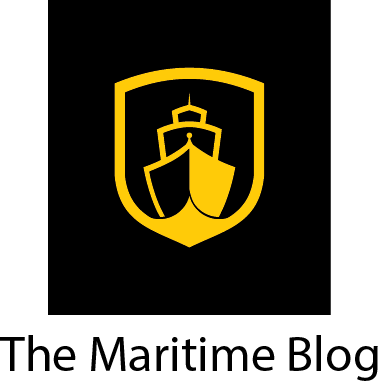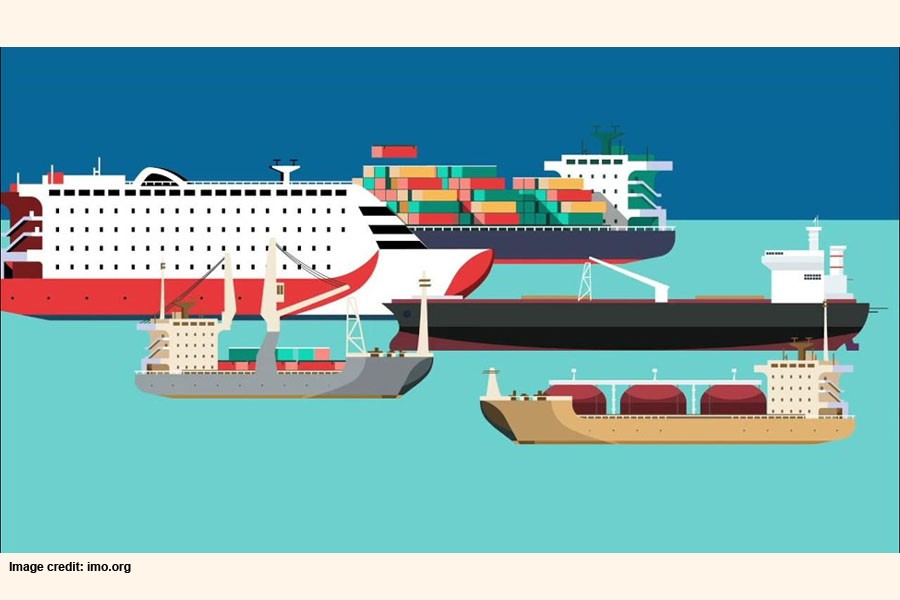search the site
Shipyard at Pipavav, Gujarat to begin shipbuilding in a couple of months: Vivek Merchant

As India’s biggest shipbuilding yard at Pipavav in Gujarat opens its doors for customers after almost a decade, Vivek Merchant, director, Swan Defence and Heavy Industries Ltd (formerly known as Reliance Naval and Engineering Ltd) talks to businessline about the churn the shipyard is undergoing to get back into shape. Having recruited 1,200 persons and repaired four vessels, the shipyard—with world’s second largest dry dock that can build and repair ships up to 400,000 Dead Weight Tonnage (DWT) and 1.44 lakh tonnes of annual fabrication capacity—has already restarted repairing four vessels and is now preparing to begin shipbuilding in the next couple of months. Edited Excerpts:
You have restarted the shipyard at Pipavav that has been lying closed for close to a decade. What activities have been undertaken for restoring and restarting the yard?
We got the actual control of the shipyard on January 4, 2024. So it’s been a year and three months and we have been doing dredging works, civil restoration, team building, getting the licenses and putting the infrastructure in place. So all that has been completed now. We began with ship repairs. This has been done to just grease the system, understand our shortcomings and then get into shipbuilding.
So in terms of repairs, we actually completed three Coast Guard vessels. These are Fast Patrol Vessels (FPVs) and Offshore Patrol Vessels (OPVs). OPVs are the Coast Guard’s largest ships. So, we can now repair two OPVs. I think that is a good demonstration. We have our credentials in place and all these three refits were delivered ahead of schedule. In terms of legacy jobs that were pending, there was a private-owned tug lying incomplete at the yard. So, we have completed that job as well. So in total we have completed work on four vessels.
When do you plan to begin full-fledged shipbuilding activities at Pipavav?
We are expecting full-fledged activation of the shipyard in the next couple of months. With the government of India’s new policy coming into effect, with a higher percentage of subsidies, we are hoping to get new shipbuilding contracts. In terms of going forward, we have three business verticals. New shipbuilding is one of them where we are focussing on constructing defence and commercial ships. While defence has a longer gestation, commercial shipbuilding is a low-hanging fruit for us. The second vertical is for retrofitting ships and offshore structures and the third is heavy fabrication—including but not limited to oil and gas and offshore wind.
You have the biggest dry-dock in India which can be used for shipbuilding. Does it need structural changes?
My dry dock capacity is about 30 per cent of India’s shipbuilding capacity. The dry dock actually has a lambda gate which can split this dock into two. We plan to add one more gate into the dry dock so I can split the dock into three. The reason for that is I can then build longer gestation, larger ships on the innermost portion of the dock. If I divide my dry dock, it just gives me more flexibility on which part of the dock to flood or not to flood. The middle portion of the dock can be used for smaller ships which are quicker to turnaround or longer gestation repair jobs. We are doing only repairs in the front portion of the dock. This division of the dry dock will ensure that 30 ships concurrently can be produced at Pipavav. We have already demonstrated the capability of our repair facility for defence vessels. We are expecting commercial vessels to come in for repairs this summer. There is, in fact, some support from the government as well to get these big commercial shipping lines to come to India for repairs and new shipbuilding.
What is the scale of human resource needed while restarting the shipyard?
So when we took over the shipyard, we onboarded about 350 people which is a combination of on-role and off-role. Out of the 350, we had about 60 on-roll and the remaining were subcontracted. We also onboarded a consultant to help jumpstart the activities. So in terms of employment, we started recruitments in January 2024 and so we now have about 1,200 people on ground at the yard. Of these, 200 are our permanent, on-roll team members. So basically our plan going forward is a 20-80 split, where 20 per cent of the employees will remain on roll, while 80 per cent will be off-roll. We don’t want to become top heavy. There is no point in stressing out your cash flows right now. We have our senior leadership in place as well. We have our CEO, Rear Admiral VK Saxena. He is actually an ex-CMD GRSC. He joined us last year. We have also appointed our chief operating officer and head for planning and commercial.
What are you doing differently to ensure the mistakes of the past are not repeated and the shipyard does not fail?
The reason why we got into the business, might also become the reason why we might succeed going forward. We are already into the oil and gas space. We have Swan LNG. We also have Veritas, which is another entity that is into petroleum and petrochemicals. So, by getting into this shipyard, we can give our customers a wider basket of products. It’s a one-stop shop. You come to Swan, we give you your petroleum, petrochemicals. We can give you the LNG for your requirements and we can do your shipbuilding and ship repair jobs over here. So, in fact, as we speak, we have two ONGC rigs at the yard. These are old contracts. They had come in for conversion jobs and they are with us. Our LNG terminal is a neighbour to the shipyard. So, there are certain geographical synergies over there. We have common dredging, common tugs and common teams. We understand the local environment a little better as well, which is always a factor when it comes to businesses in India which have their local community involved. So, these are a few aspects which I think differentiate us from what has happened in the past. Now, with the effort, the hard work and a little bit of luck, I think we are progressing. We do not want to keep all the eggs in one basket. And that’s why we’re diversifying into commercial and defence shipbuilding. We want to do fabrication as well. In terms of your top-line, shipbuilding assists you the most, while in terms of a bottom-line, ship repairs assist you the most. Shipbuilding has a slightly larger, longer gestation period. So, that’s how we are trying to diversify.
What are the immediate steps taken to attract business?
As I said, we will begin shipbuilding this year. We also have 12,000 tons per month of steel fabrication capacity which, interestingly enough, is more than all four defence PSU shipyards combined. So, the infrastructure is completely up and running. We have everything ready now. It’s just a matter of signing off on the contract and getting the production done. We have also done a few small repair jobs on tugs on the commercial side. So, the smaller things have been tested already. Now, we’re slowly getting into the larger vessels. On the fabrication side, we are exploring of course, ONGC is one major customer who is exploring. They have slowed down significantly over the past few years in terms of their oil and gas exploration and production activities, but they are looking at revitalising and there are a few tenders coming out which we are participating in. Then, there are some private entities looking for more of the yellow goods. It could be the ship unloaders, port cranes, ship-to-shore cranes, etc. These have been manufactured at the yard in the past. So, we’ve got our entire facility redone for the offshore yard as well and those activities will also begin this year, hopefully by this summer. So, we are expecting full-fledged activation of the yard in the next couple of months.
source : thehindubusinessline


















